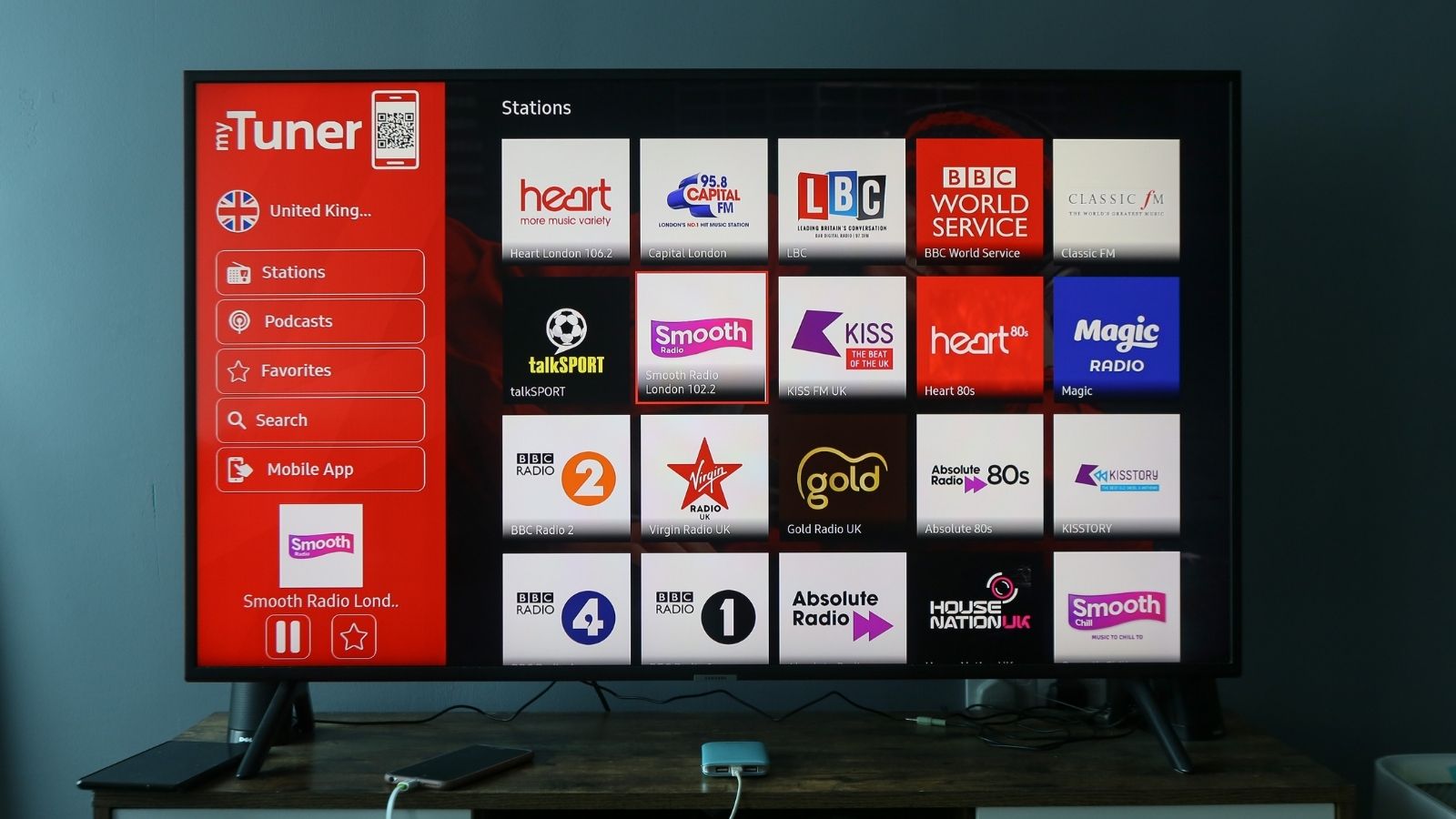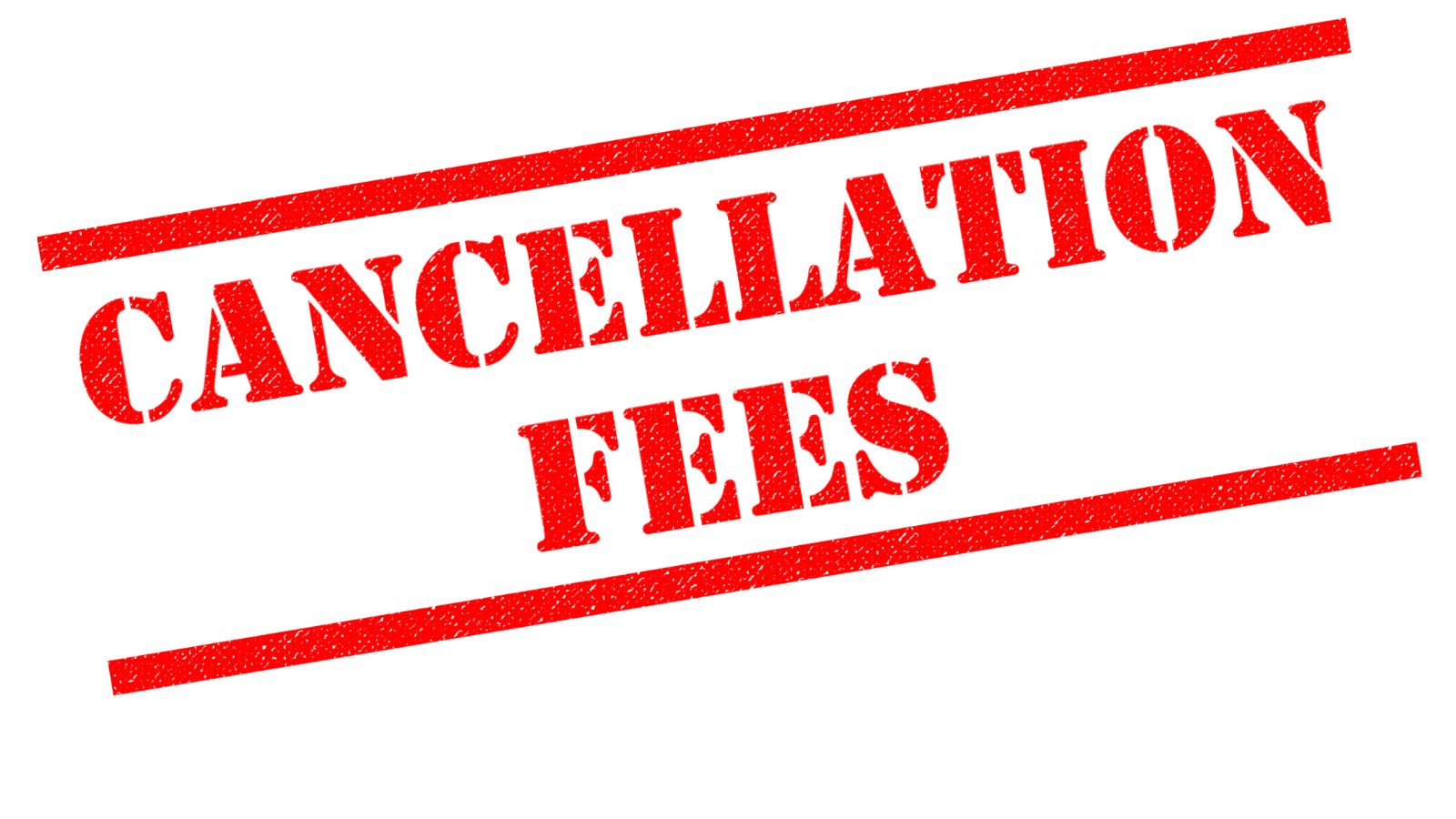Streaming services have transformed how we consume media, offering an enticing alternative to traditional cable TV with the promise of on-demand access, exclusive content, and budget-friendly pricing. However, as the streaming landscape expands, hidden costs are emerging that can significantly impact your finances. This article explores 18 hidden expenses associated with streaming services that could quietly eat away at your budget.
Multiple Subscriptions

The availability of various streaming platforms like Netflix, Disney+, Hulu, Amazon Prime Video, and more means that viewers often subscribe to multiple services to access their favorite shows and movies. Each subscription typically costs between $5 and $20 monthly, which may seem manageable in isolation. However, when you add up several subscriptions, the cumulative effect can mimic or even exceed the cost of traditional cable.
Premium Tiers

Most streaming services offer different subscription tiers, with the basic plans often including limitations such as advertisements, standard definition quality, or restrictions on the number of devices that can stream simultaneously. Premium tiers, which provide features like ad-free viewing, high-definition or 4K streaming, and multiple-device support, come at a higher price. These upgrades can add significant costs, especially if you opt for premium plans across multiple services.
Add-Ons and Extras

Some streaming platforms offer the option to add premium channels or services for an additional fee. For instance, Amazon Prime Video allows users to subscribe to HBO, Showtime, or Starz as add-ons. While convenient, these extras can quickly inflate your monthly bill. Additionally, live TV streaming services may charge extra for premium sports packages or cloud DVR services, making it easy to spend more than initially intended.
Limited-Time Free Trials

Many streaming services entice new customers with free trials, allowing users to experience the platform for weeks or months without charge. However, once the trial period ends, the subscription automatically renews at the full price unless you remember to cancel. If you sign up for multiple free trials at once, keeping track of renewal dates can be challenging, leading to unexpected charges.
Price Hikes

Streaming services often start with competitive pricing to attract subscribers, but they may increase their rates over time. For example, Netflix and Disney+ have periodically raised their subscription costs, citing the need to invest in new content and infrastructure. These price hikes can catch subscribers off guard, especially when announced with little notice.
Internet Costs

High-quality streaming requires a fast and stable internet connection. If your current internet plan isn’t sufficient for HD or 4K streaming, you may need to upgrade to a more expensive plan. Moreover, some households may require higher bandwidth to accommodate multiple people streaming simultaneously, further driving up internet expenses.
Data Overages

Streaming can consume substantial data, especially when watching high-definition or 4K content. If you have an internet plan with a data cap, streaming too much can lead to additional charges for exceeding your data limit. Cellular data costs can also pile up quickly for those who primarily stream on mobile devices, resulting in hefty overage fees.
Device Costs

To enjoy streaming services on the big screen, you may need a smart TV or a dedicated streaming device such as Roku, Amazon Fire Stick, or Apple TV. If your existing devices are outdated or lack compatibility with newer streaming apps, upgrading hardware becomes necessary, adding an upfront cost that isn’t always factored into the overall streaming expense.
Storage Upgrades

Many streaming services allow you to download content for offline viewing. While this is convenient, downloaded content takes up storage space on your device. If you frequently run out of storage, upgrading to a device with more capacity, such as a smartphone or tablet with more extensive internal storage, can be an unanticipated cost.
VPN Services

Some streaming platforms restrict content based on geographic location. Users may opt to use a Virtual Private Network (VPN) to access content available only in certain regions. While some free VPN services exist, they often come with limitations, prompting many to subscribe to a reliable, paid VPN service, adding another monthly fee.
Pay-Per-View Content

Even with a subscription, some streaming services offer content that requires an additional fee. This is common for new movie releases, live sporting events, or special programming not included in the standard subscription. These pay-per-view events can range from a few dollars to more substantial amounts, particularly for major live sports or entertainment events.
Cancellation Fees

Some services offer discounted rates for annual subscriptions but may include cancellation fees if you end the service before the year-end. These cancellation penalties can make switching to another streaming service difficult or saving money if you change your viewing habits mid-year.
Bundled Services

Bundling streaming services together can seem like a money-saving strategy, especially when offered at a discounted rate. However, if you don’t use all the services in the bundle, you might pay for content you don’t watch. For instance, a Disney+, ESPN+, and Hulu bundle may sound like a great deal, but the value diminishes if you’re not interested in sports.
Tax and Fees

Depending on your location, streaming services may be subject to sales tax or digital service fees. These charges are added to your subscription cost and can increase the overall amount you pay each month. While these taxes and fees may seem minor, they accumulate over time, impacting your budget.
Subscription Overlap

With so many streaming services available, it’s easy to forget to cancel subscriptions you’re no longer using, leading to overlapping charges. For instance, you might subscribe to a platform for a specific show and then forget to cancel after finishing the series. Managing multiple subscriptions effectively requires diligence to avoid paying for services you no longer need.
Rotating Content

Streaming services regularly update their content libraries, adding and removing movies and TV shows. This rotation can lead you to subscribe to multiple services to access specific content. For example, if a show leaves Netflix and moves to another platform, you might have to sign up for the new service to continue watching it.
Special Content Purchases

Some streaming platforms offer unique content not included in your regular subscription, such as director’s cuts, bonus episodes, or exclusive documentaries. This content may require a separate purchase or rental, adding another cost to your streaming expenses.
Family and Friends Sharing Limits

Many streaming services limit the number of users who can stream simultaneously or the number of profiles you can create. For larger families or households sharing accounts, these limitations may necessitate upgrading to a more expensive plan or purchasing multiple subscriptions.
Conclusion

While streaming services provide flexibility and a wide array of content, the hidden costs associated with these platforms can quietly add up, making it more expensive than initially anticipated. To keep your budget under control, it’s essential to regularly review your subscriptions, monitor your data usage, and stay aware of price changes and additional fees. By being mindful of these hidden costs, you can enjoy the benefits of streaming without letting it drain your finances.
18 Reasons Why People Are Leaving Florida in Masses

Exploring factors that impact the desirability of living in Florida, this list delves into various challenges shaping residents’ experiences. From environmental concerns like rising sea levels to economic factors such as fluctuating job markets, these issues collectively contribute to a nuanced understanding of the state’s appeal.
18 Reasons Why People Are Leaving Florida in Masses
